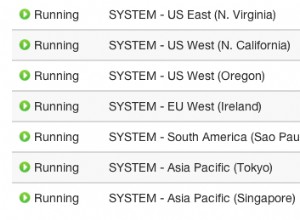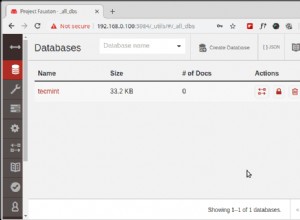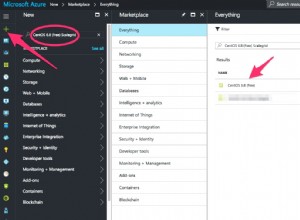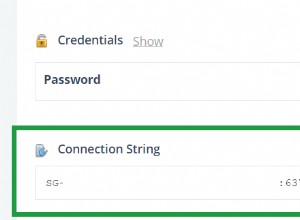Sprawdź ten fragment kodu. Przygotowałem działającą próbkę tego, czego potrzebujesz.Sprawdź komentarze w kodzie, aby lepiej zrozumieć.
Przykładowy kod roboczy podobny do wymaganego. Kolejne pytanie dotyczące używania asynchronii z mangustą.
/*
* Object to store all models
*/
var allRefDatasSchemas = {
RefAllotement: mongoose.model('RefAllotement', RefDataSchema),
RefModeleConstructeur: mongoose.model('RefModeleConstructeur', RefDataSchema),
RefTypeKit: mongoose.model('RefTypeKit', RefDataSchema),
RefTypeUtilisation: mongoose.model('RefTypeUtilisation', RefDataSchema),
};
/*
* need an array to run all queries one by one in a definite order using async waterfall mwthod
*/
var arr = [];
for(each in allRefDatasSchemas) {
arr.push(each);
}
/*
* Callback function for initiation of waterfall
*/
var queue = [
function(callback) {
// pass the ref array and run first query by passing starting index - 0
callback(null, arr, 0)
}
];
/*
* Object to store result of all queries
*/
var finalResult = {};
/*
* Generic Callback function for every dynamic query
*/
var callbackFunc = function(prevModelData, currentIndex, callback) {
allRefDatasSchemas[arr[currentIndex]].find(function(err, result) {
if(err) {
console.log(err)
} else {
// Your Query
//
// I'd like to do something like that :
// but this.modelName is null, because it isn't the model
// on which the find is done.
// arr[currentIndex] will point to
// RefAllotement, RefModeleConstructeur etc. as you required
finalResult[arr[currentIndex]] = result
// send current result to next interation if required or you can skip
// and increment the currentIndex to call next query
callback(null, result, currentIndex + 1)
}
})
}
/*
* Add callback function for every dynamic query
*/
for(each in allRefDatasSchemas) {
queue.push(callbackFunc);
}
/*
* Run all dynamic queries one by one using async.js waterfall method
*/
async.waterfall(queue, function (err, result) {
// Final object with result of all the queries
console.log('finish', finalResult)
});
wyjście będzie w tym formacie
finish { RefAllotement:[
// Result of RefAllotement query
],
RefModeleConstructeur:[
// Result of RefModeleConstructeur query
],
RefTypeKit:[
// Result of RefTypeKit query
],
RefTypeUtilisation:[
// Result of RefTypeUtilisation query
]
}




